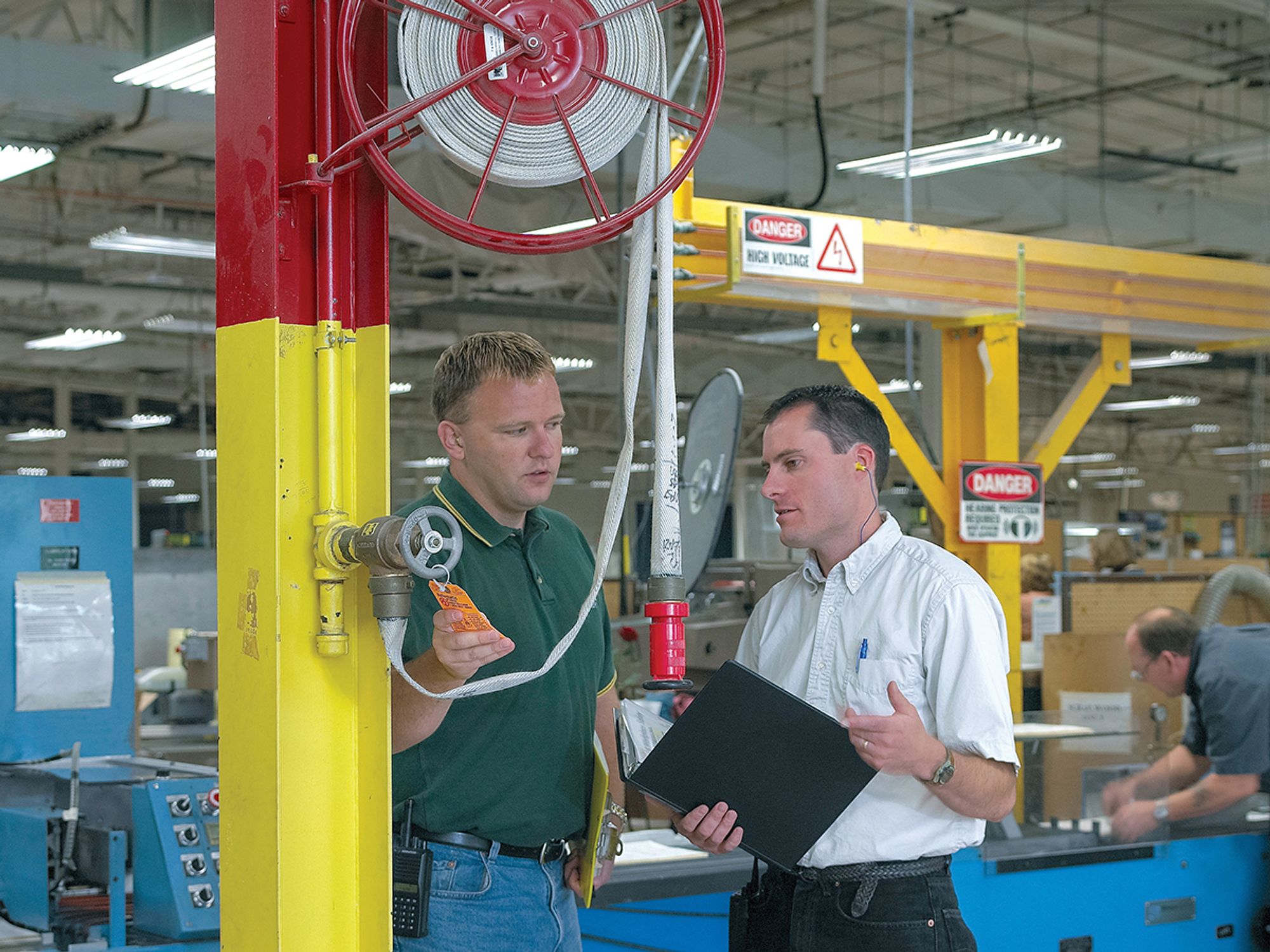Walkaround inspection

After the opening conference, the compliance officer and accompanying representatives will begin the walkaround inspection looking for safety or health hazards. The route and duration of the inspection are determined by the complaint and the hazards encountered onsite but the compliance officer will guide you as to where to go.
The compliance officer may stop and question workers about safety and health conditions and practices in their workplaces during the walkaround, or he or she could also interview employees privately in one of your offices after the walkaround.
During the walkaround, compliance officers may point out some apparent violations that can be corrected immediately. While the law requires that these hazards must still be cited, prompt correction is a sign of good faith on the part of the employer.
If an employer corrects a violation on the spot while the inspector is there, it can lead to a 15 percent penalty reduction. This “Quick-Fix” penalty adjustment does not, however, apply to:
- Violations classified as “High Gravity Serious,” “Willful,” “Repeat,” or “Failure-To-Abate”;
- Violations related either to a fatal injury or illness, or to any incidents resulting in serious injuries to employees; or
- Blatant violations that are easily corrected (e.g., turning on a ventilation system to reduce employee exposure to a hazardous atmosphere, or putting on hard hats that are readily available at the workplace).
OSHA’s worker walkaround rule (1903.8), which expands the criteria for who employees can authorize to act as their representative during an inspection, was amended and took effect May 31, 2024.
The amended rule clarifies that during an OSHA inspection, the representative authorized by employees may be an employee of the employer or a third party. The third-party employee representative may accompany the OSHA Compliance Safety and Health Officer (CSHO) when, in the CSHO’s judgment, good cause has been shown why they are reasonably necessary to aid in the inspection. The rule also clarifies that a third party may be reasonably necessary because of their relevant knowledge, skills, or experience with hazards or conditions in the workplace or similar workplaces, or language or communication skills.
